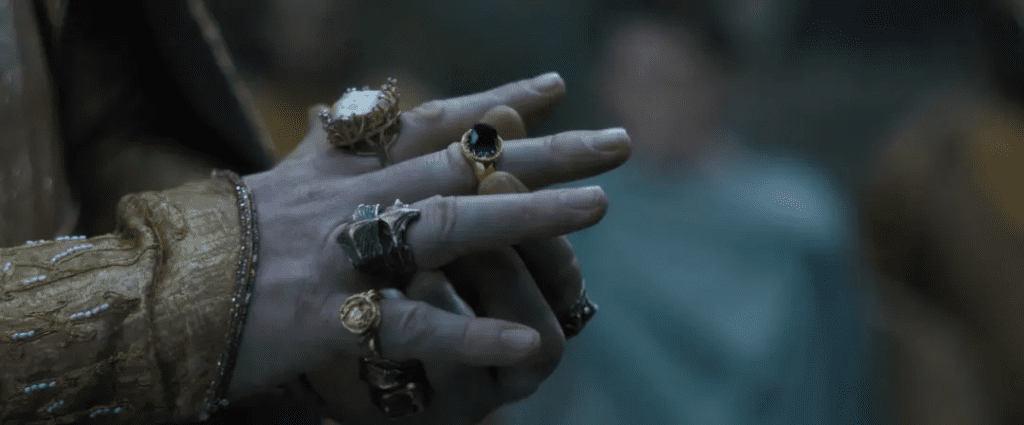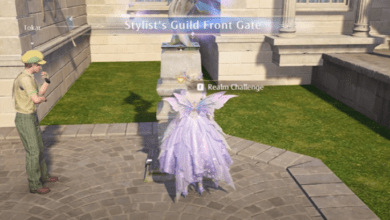Secrets of the Rings of Power: Journey Through Middle-Earth’s Legendary Rings
In the vast and mystical world of Middle-Earth, few things capture the imagination quite like the Rings of Power. These enchanted objects, created by the Elves under the guidance of the Dark Lord Sauron, play a pivotal role in J.R.R. Tolkien’s The Lord of the Rings saga. While many are familiar with the infamous One Ring “One Ring to rule them all” the full story of the other nineteen rings, forged for the Elves, Dwarves, and Men, is a tale brimming with intrigue, betrayal, and power.

In this article, we’ll dive deep into the rich lore behind the creation and distribution of these magical rings. We’ll explore who forged them, their intended purpose, who wore them, and most importantly, the perilous influence Sauron held over these fateful tokens.
The Elves’ Ingenious Creations: Forging of the Rings
The story of the Rings of Power begins with the Elves. Skilled in craft and magic, the Elven-smiths of Eregion, under the leadership of Celebrimbor, sought to preserve the beauty and power of their world. Celebrimbor, a master smith and the grandson of Fëanor, creator of the Silmarils, was motivated by a desire to craft objects of immense beauty and potency.
However, unknown to Celebrimbor, his collaborator, Annatar the Lord of Gifts was none other than Sauron in disguise. Sauron’s purpose was far from benevolent. He intended to use these rings to ensnare the leaders of Elves, Dwarves, and Men, bringing them under his dominion.
The Three Rings of the Elves: Narya, Nenya, and Vilya
Celebrimbor forged the Three Elven Rings Narya, Nenya, and Vilya alone, without Sauron’s direct influence. These rings were crafted with purity, meant to preserve and enhance the Elven realms. They were free from the taint of Sauron’s malice, but they were still bound to the One Ring, and thus vulnerable to Sauron’s influence if he regained possession of the Master Ring.

Each of the Three had its unique powers:
- Narya: The Ring of Fire, with a ruby at its centre, was known for its power to inspire and rekindle hope. It was originally entrusted to Círdan the Shipwright, who later gave it to Gandalf, recognizing the burden and destiny that awaited him.
- Nenya: Also called the Ring of Water, it was adorned with a pure diamond, symbolizing preservation. It was worn by Galadriel, who used its power to protect her woodland realm of Lothlórien from the ever-growing threats of Sauron’s darkness.
- Vilya: The Ring of Air and the mightiest of the Three, Vilya was set with a sapphire and was wielded by Elrond in Rivendell. It possessed immense healing properties and could protect and preserve.
Despite being designed to aid and protect, the Three Rings were tied to the fate of the One Ring. The Elves knew that if Sauron regained the One, the Three would lose their power, forcing them into a precarious position of either using them in secret or abandoning them altogether.
Sauron’s Influence: The Seven for the Dwarves and Nine for Mortal Men
Once Sauron realized he couldn’t control the Three Elven Rings, he turned his sights toward the other rings, specifically those intended for Dwarves and Men. It’s important to note that Sauron was directly involved in the forging of the Seven and the Nine, ensuring that these rings carried the corruptive essence of the Dark Lord’s will.
The Seven Rings of the Dwarves: Gifts or Curses?
The Dwarves received Seven Rings, one for each of their ancestral kingdoms. Unlike Men, the Dwarves were incredibly resilient to the corrupting power of Sauron. Their rings did not enslave them to his will but did enhance their innate characteristics chiefly their greed for gold and wealth.
King Durin III of Khazad dûm was given the most renowned of the Seven, the Ring of Thror, which amplified the Dwarves’ desire for treasure. Unfortunately, this led to their downfall, as their massive wealth attracted dragons and ultimately led to the destruction of several Dwarven kingdoms. Over time, Sauron reclaimed three of the Seven rings, while the rest were lost to dragon fire.
The Nine Rings for Mortal Men: The Creation of the Nazgul
The Nine Rings gifted to Men, on the other hand, proved to be Sauron’s greatest weapon. Mortal Men, unlike Dwarves and Elves, were easily swayed by the promise of power, immortality, and glory. The Nine Kings who wore these rings gained great power and wealth, but at a devastating cost. Slowly, they fell under the thrall of Sauron, their bodies and minds corrupted, until they transformed into the Ringwraiths, or Nazgul undead servants bound to the Dark Lord.
The most notorious of these Ringwraiths was the Witch King of Angmar, who became the leader of the Nazgul and a chief lieutenant to Sauron. These nine wraiths would forever remain under Sauron’s control, their wills entirely subjugated by the One Ring.
The One Ring: Sauron’s Masterpiece
At the heart of this story is the One Ring, forged by Sauron himself in the fires of Mount Doom. This ring was unlike the others; it was the key to Sauron’s dominion over all other rings. Into the One Ring, Sauron poured his malice, cruelty, and ambition. Its inscription, visible only when heated, reads:
“One Ring to rule them all, One Ring to find them,
One Ring to bring them all and in the darkness bind them.”
With this ring, Sauron aimed to control all of Middle-Earth, bending its rulers and peoples to his dark will. The Elves, realizing the true nature of Sauron’s plan, removed their rings and hid them away, severing their ties to the One Ring. Yet, despite their efforts, Sauron’s influence would extend far beyond the reach of the Three Elven Rings.
The Power and Corruption of the Rings
What made the Rings of Power so formidable wasn’t just their magic, but the psychological and emotional manipulation they caused. Each ring amplified its bearer’s most prominent traits: the greed of the Dwarves, the ambition of Men, and the preservation instincts of the Elves. This made the rings irresistible to many, drawing them deeper into Sauron’s schemes.
Even though the Dwarves resisted direct control, their greed led to their ruin. The Men, on the other hand, were completely subjugated, transformed into dark spectres of their former selves. For the Elves, the rings became a double-edged sword. Though they granted the ability to preserve their lands, they remained a constant link to the looming shadow of Sauron.
The Enduring Legacy of the Rings of Power
The rings continue to be a subject of fascination because they symbolize more than just magic they represent the dangerous allure of power. From the quiet strength of Galadriel, who bore Nenya, to the tragic fall of Isildur, who refused to destroy the One Ring, the fate of Middle-Earth has always been intertwined with the fate of the Rings.
In Tolkien’s world, the struggle between good and evil often comes down to the choices individuals make when faced with temptation. The rings, in this way, serve as a metaphor for those choices: will you use power to uplift, as Elrond and Galadriel did with their rings? Or will you succumb to it, as the Nazgul did, losing yourself in the process?
A Timeless Tale of Power and Corruption
The story of the Rings of Power is not just about the objects themselves but about the hearts and minds of those who wore them. Each ring tells a story of ambition, greed, fear, and hope. In the end, the One Ring was destroyed, but the lessons it left behind continue to resonate. Middle-Earth’s history with the rings reminds us of the eternal struggle between power and morality, a theme that continues to captivate readers and viewers to this day.
In Tolkien’s masterful universe, the rings may be gone, but their legacy remains etched in the hearts of those who dared to wield them and in the imagination of all who journey through Middle-Earth’s timeless tales.





